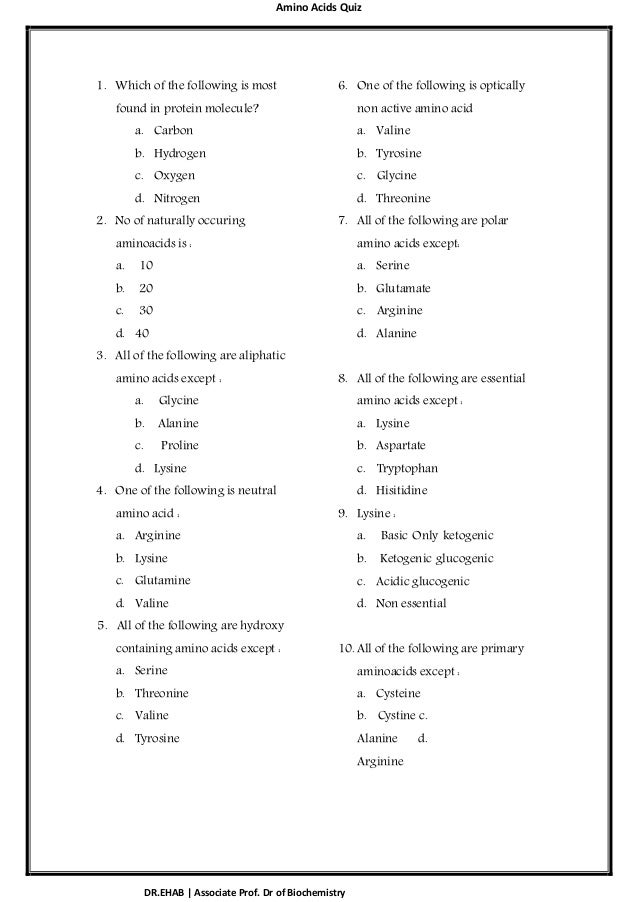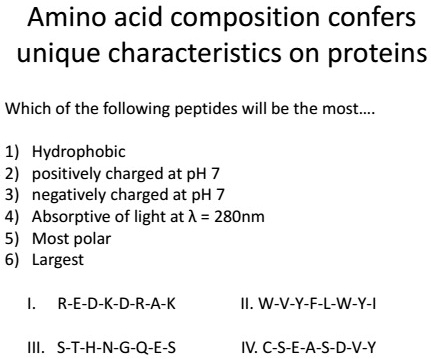

However, the exact structure of casein and its micelles is still under debate. The casein‐micelle structure is being studied extensively because of its importance in the functional behavior of milk and some milk products. In addition to their biological role, which is to provide nutrition, caseins are also studied for their role in human health and other malfunctions such as stone‐forming diseases in bovine animals. The primary amino acid sequence of casein proteins and their conformation in solution are therefore thought to prevent calcification of the mammary gland in addition to providing nutrition. It has been suggested that the calcification of the mammary gland is prevented by the formation of casein‐micelle complex with calcium phosphate. There is a very large flow of calcium through the mammary epithelial tissue, and despite this, there is rarely any formation of calcium stones in the mammary gland. The main function of the casein micelle is to provide fluidity to casein molecules and solubilize phosphate and calcium. Casein proteins and calcium phosphate form large colloidal particles called casein micelles, which have been the subject of interest for many years. The rest of proteins found in milk are trace fractions of glycoprotein. The remaining fraction, serum or whey protein, is soluble under similar conditions. Caseins constitute about 75–80% of total protein and precipitate at pH 4.6 at 30☌. Milk proteins are divided into two classes and are no more thought to be a homogeneous protein. Normal bovine milk contains almost 3.2–3.7% protein which varies in composition and concentration during different stages of lactation. Milk proteins coagulate very rapidly in the stomach of newborn as they are structurally built in a way that they form large complexes with calcium phosphate.

It also includes active proteins providing antibodies, metal and vitamin‐binding proteins, and several protein hormones. The main function of milk is to provide essential amino acids and minerals that are vital for the development and therefore function of muscular and other tissues in new born mammals. The differences in the metabolic processes of the lactating mother and the nutritive requirements of the newborn are thought to be responsible for the interspecies differences in the composition of milk. Milk is a complex biological fluid with high content of proteins, minerals, and lipids secreted by mammals to supply nutrition and to provide immunological protection to the newborn.


 0 kommentar(er)
0 kommentar(er)
